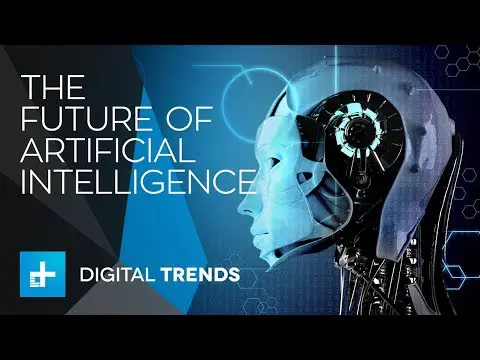David Patton: why layered creativity is the future of (human-led) AI
Scroll through social media today and you’ll see a flood of AI-generated mush – slick, shiny images and motion clips that catch the eye for a moment, then immediately vanish from memory. Granted, some generated content pieces may look impressive, but most don’t feel real – they lack depth and they don’t provoke meaningful engagement.
Why? Because most of what’s being made with AI skips the essential ingredients of film craft, production and creativity: structure.
For decades, film making, animation and visual effects have been built on layers. Artists construct worlds layer by layer – backgrounds, characters, lighting, effects – each refined, tested, and balanced to tell a story. Layers give control. They let a team adjust one element without disturbing the rest, and they create space for collaboration, iteration and emotion.
AI creativity doesn’t work that way. It generates everything at once – a full image formed from noise and data. There’s no background file to tweak, no lighting pass to refine, no performance layer to adjust. It’s fast, but it’s flat and one dimensional.

Without layers, creative control disappears. You can’t fix a detail without regenerating the whole picture. Iteration breaks down, collaboration fades and storytelling (which depends on structure and sequence) collapses into randomness.
That’s why so much AI content looks the same: shiny surfaces without substance.
The way forward isn’t to reject AI, but to build studios that combine human craft with machine speed. A ‘Layered Studio’ keeps human creativity at the centre and uses AI as an accelerator, not a replacement.
Story and design remain human-led: AI supports concept exploration, previz or cleanup. Teams work by creative layer (e.g. writing, design, lighting, compositing) each guided by a clear sense of ownership. Control data such as pose maps or depth passes give AI outputs structure and consistency.
AI can generate content, but it can’t yet create meaning. The next generation of production studios will thrive not by automating artistry, but by building smarter systems and technology pipelines around it, where human imagination still defines the story and AI helps it move faster.
Because AI may create a picture, but only humans can tell a story.
 David Patton has held senior positions at Jellyfish Pictures, The Mill, Y&R, Grey (both WPP) and Sony Europe.
David Patton has held senior positions at Jellyfish Pictures, The Mill, Y&R, Grey (both WPP) and Sony Europe.



